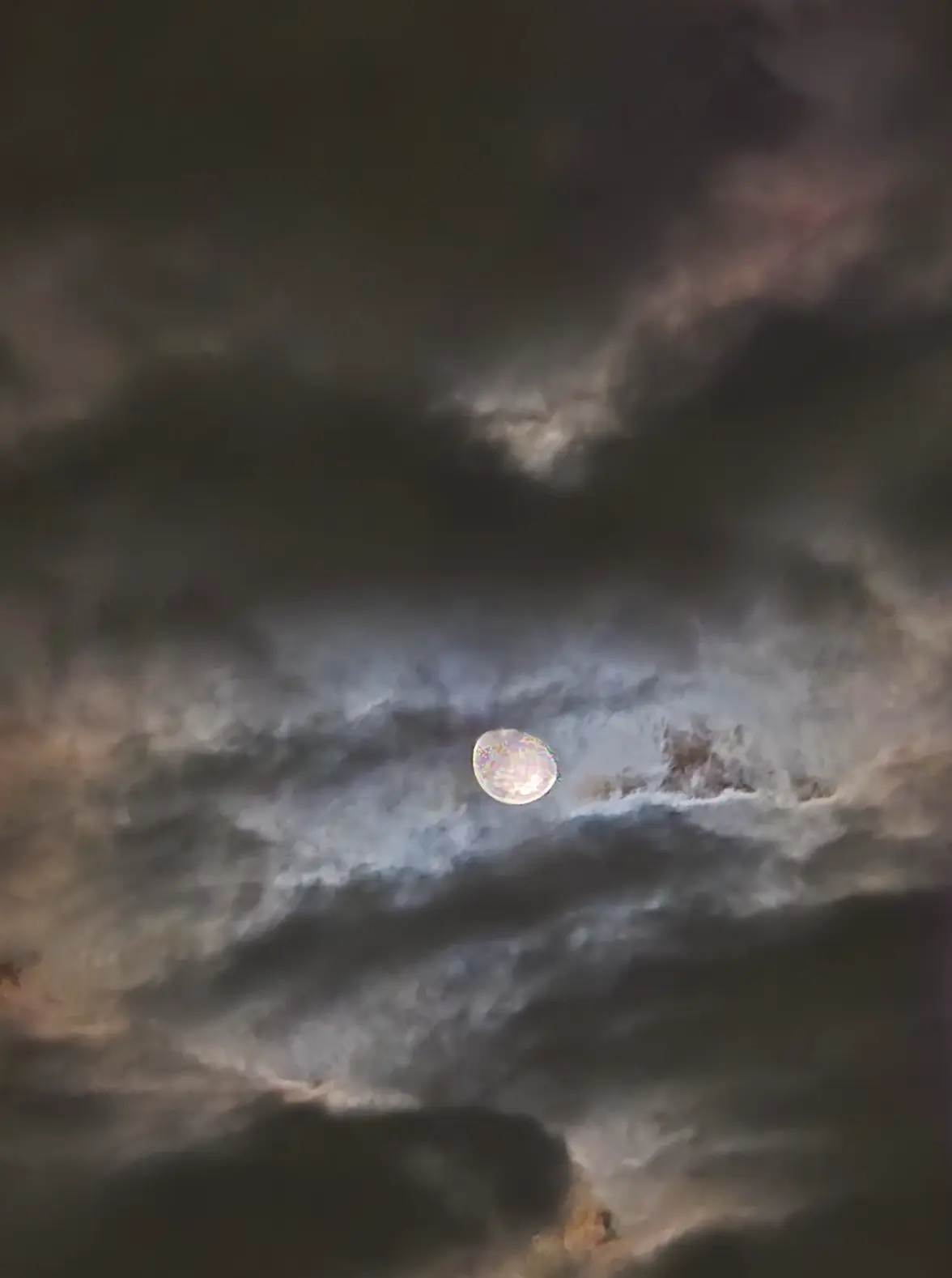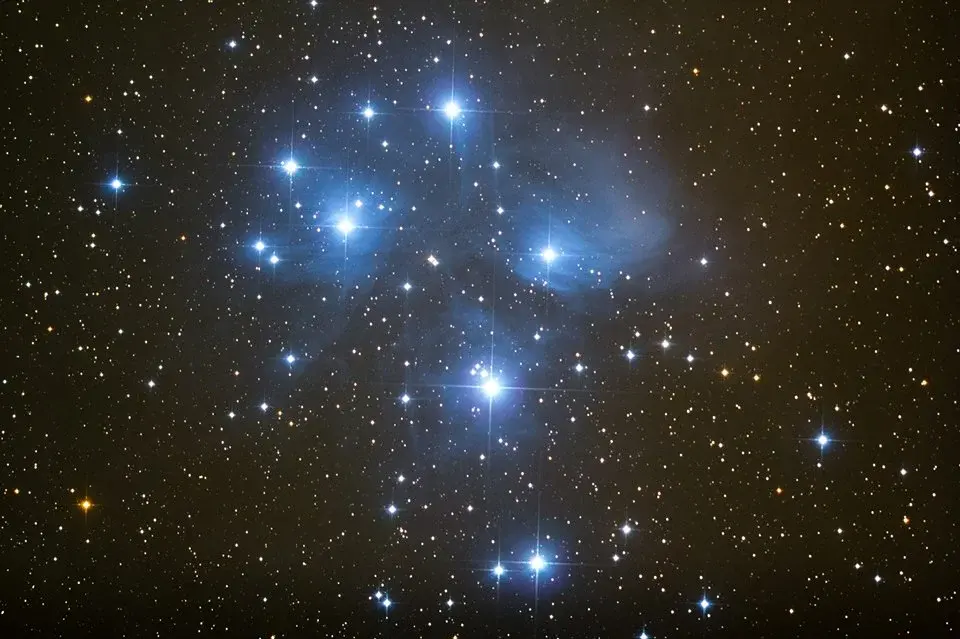This isn't a pretty image, but a good example of how my backyard observatory worked. I had tasked the telescope to take five successive images, at twenty-minute intervals, of the object marked with a yellow box (a newly-discovered Near Earth Object). Additionally, I noticed a second object, marked with the red crosshair, moving through the five images. A fruitless search through astronomical databases suggested that the second object was a potential new discovery. I made some back-of-the-envelope calculations of where the potential discovery object should appear the next evening, and tasked the telescope to take five more images at twenty-minute intervals. It did show up the next night, and I was informed by the IAU that this was indeed a newly discovered Main Belt Asteroid, designated 2004PC27. Eventually, it would be named for the Nobel Prize for Peace laureate Elie Wiesel.

The graininess of the image is characteristic of the hypersensitivity of the image sensor I was using. This, despite the fact that the sensor was water-cooled to minimize electronic noise. The newly-discovered Main Belt Asteroid, estimated to be 1-2km in diameter, was discovered at a distance of 170 million km from earth, at about Magnitude 18.5 in brightness.
Here's what my telescope setup looked like.
The smaller, piggy-backed telescope is a 90mm refractor, which I usually used as a star tracker for main telescope guidance. But sometimes I'd put an optical eyepiece on it to look at planets, and sometimes I'd put on a high-res digital/optical sensor to capture the odd image.
Here's an image taken through the 90mm refractor, showing the Orion Nebula.























